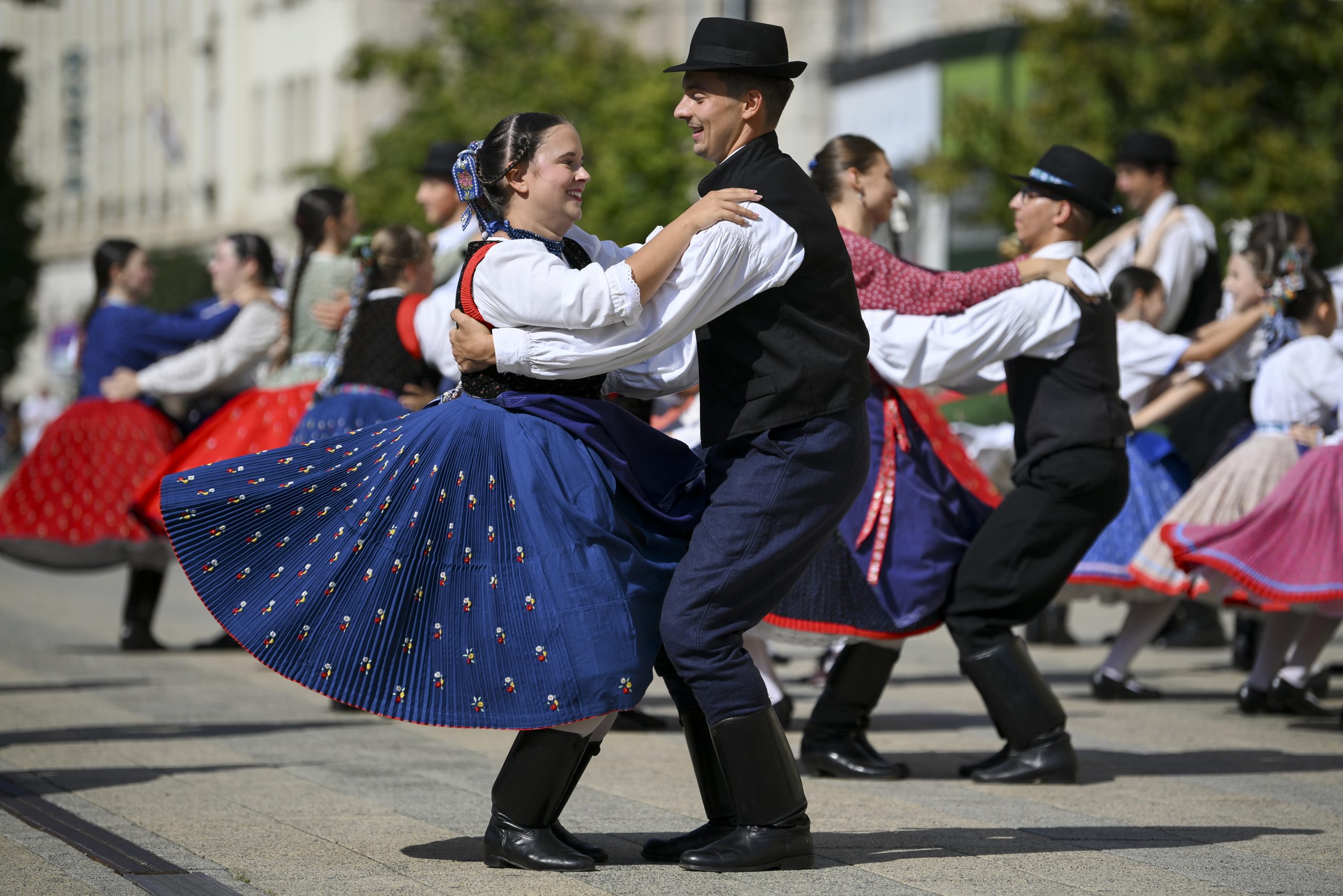
Hungarian glass production is rooted in the German and Venetian types of glassblowing.Continue reading

The tradition of ‘Csárdás’ dance was inscribed on the Representative List of the Intangible Cultural Heritage of Humanity on Wednesday by UNESCO’s Intergovernmental Committee for the Safeguarding of Intangible Cultural Heritage at its session in Asunción, Paraguay.
In a statement, the Hungarian Open Air Museum, the Hungarian coordinator of the Convention for the Safeguarding of the Intangible Cultural Heritage, recalled that different versions of the ‘Csárdás’ dance, developed during military recruitment in the 18th century, are still danced in Hungarian-speaking areas: in large parts of Hungary, Transylvania (in Romania), Felvidék (in Slovakia), and Vojvodina (in Serbia).
The ‘Csárdás’ tradition, revived in the 1970s as a result of the Hungarian dance-hall movement, has a special place in the repertoires of dance groups and community events throughout the country.
The evaluation of the Hungarian proposal highlighted the importance of the ‘Csárdás’ dance for the community, as each region has developed its own specific version. The couples’ version (consisting of a man and a woman or of two women) and the ‘körcsárdás’ (multiple couples participating in the dance at the same time, forming one large or several smaller circles) are still an integral part of the feasts and balls in the Hungarian regions.
In the past, folk dances were passed down from generation to generation, through observation and practice at dance gatherings and balls, and later, as a result of the rise of the middle class, dance schools became a means of learning them. Nowadays, the practitioners are amateur and professional dancers who learn through formal education or folk dances.
The ‘Csárdás’ dance is often accompanied by a string band consisting of violins, violas, and double basses.
The living tradition of the ‘Csárdás’ dance was inscribed on the National List of Intangible Cultural Heritage in Hungary in 2019, following a proposal by the Hungarian National Commission for Intangible Cultural Heritage of UNESCO.
In 2003, UNESCO (United Nations Educational, Scientific and Cultural Organization), adopted the International Convention for the Safeguarding of the Intangible Cultural Heritage, aiming to preserve living heritage, recognize cultural diversity, and value communities.
Via MTI, unesco.org; Featured image: MTI/Czeglédi Zsolt